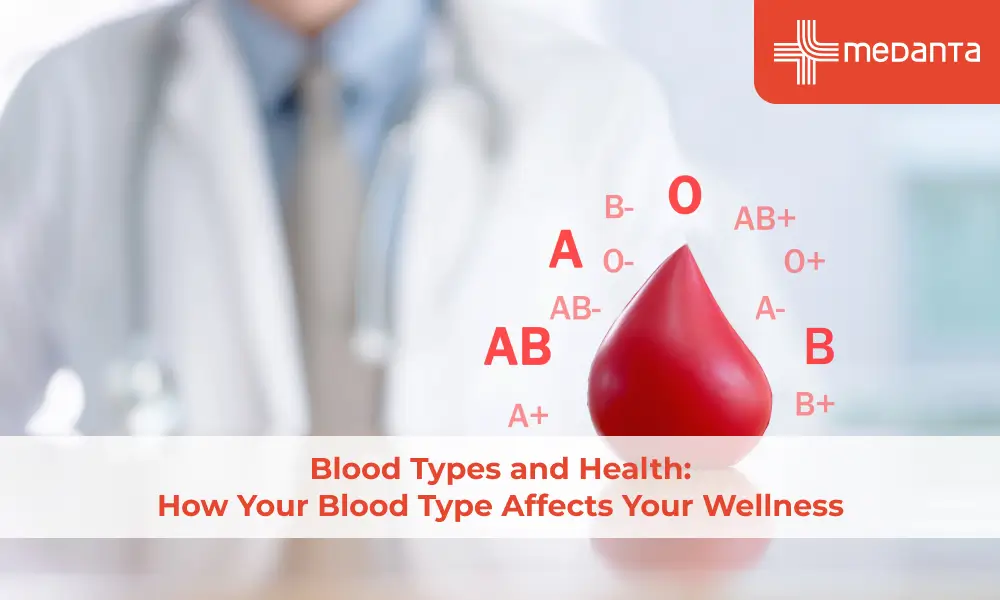Say Goodbye to Surgery: How IR Helps in Prostate Enlargement Treatment
TABLE OF CONTENTS
Prostate enlargement affects an astounding 50% of men by age 50, with this number climbing to 90% by age 80. For those seeking treatment options, interventional radiology now offers a groundbreaking solution that helps patients say goodbye to traditional surgery.
While medications and invasive procedures have been the standard treatments for enlarged prostate, a revolutionary technique called Prostate Artery Embolisation (PAE) is changing the landscape. This minimally invasive treatment procedure has shown remarkable results, with studies involving over 2,000 patients demonstrating shorter recovery times & fewer side effects than traditional surgery. Importantly, clinical data reveals that 82% of patients experience significant improvement in their urinary symptoms, with benefits lasting up to seven years.
This comprehensive guide explores how interventional radiology offers a promising alternative for prostate enlargement treatment, examining the procedure's benefits, success rates, and what patients can expect during their treatment journey.
Benign Prostatic Hyperplasia (BPH) stands as the most common prostate disorder diagnosed in males between 45 and 74 years. This non-cancerous enlargement of the prostate gland occurs naturally with age, affecting the quality of life for many men.
The prostate gland surrounds the urethra near the bladder exit; consequently, as it enlarges, it squeezes the urethra, leading to various urinary complications. The size of the prostate does not always correlate with symptom severity - some men with slightly enlarged prostates experience significant symptoms, whereas others with substantially enlarged prostates might have minimal issues.
Common symptoms include:
Frequent or urgent need to urinate, mainly at night
Difficulty starting urination despite pushing and straining
Weak urine stream with several interruptions
Dribbling at the end of urination
Incomplete bladder emptying sensation
Medical researchers have not pinpointed a specific cause for BPH. However, hormonal changes, particularly dihydrotestosterone (DHT), appear to play a significant role in prostate cell growth. Furthermore, certain risk factors, including diabetes, heart disease, and obesity, increase the likelihood of developing BPH.
Treatment decisions primarily depend on symptom severity, extent of urinary tract complications, and overall health.
For mild BPH symptoms that do not significantly impact daily life, doctors often recommend 'watchful waiting' - monitoring the condition without immediate intervention.
When treatment becomes necessary, several options are available:
Medication: Alpha blockers help by relaxing the prostate and bladder neck muscles, making urination easier. Additionally, 5-alpha reductase inhibitors work to shrink the prostate by preventing hormone changes. Some patients benefit from combination therapy, using both types of medications simultaneously.
Minimally Invasive Procedures: Various procedures can address BPH symptoms without major surgery. These include transurethral microwave therapy (TUMT), transurethral needle ablation (TUNA), and the UroLift system. Each procedure aims to widen the urethral channel, improving urine flow with fewer complications than traditional surgery.
Traditional Surgery: For severe cases or very large prostates, doctors might recommend surgical options such as transurethral resection of the prostate (TURP) or open surgery. These procedures remove the obstructing prostate tissue, although they carry a higher risk of complications.
Left untreated, BPH can result in serious complications, including recurrent urinary tract infections (UTIs), bladder stones, and potential kidney damage due to increased pressure from urine retention. Therefore, early consultation with doctors remains crucial for proper management and treatment selection.
Interventional radiologists now offer a groundbreaking solution called Prostatic Artery Embolisation (PAE) for men seeking relief from BPH symptoms. This minimally invasive procedure has emerged as an effective alternative to traditional surgical treatments.
How PAE Works for BPH
PAE works through a precise medical approach that targets the root cause of prostate enlargement. Under local anaesthesia, an interventional radiologist guides a thin catheter through the arteries that supply blood to the prostate. Once positioned correctly, doctors inject tiny microspheres through the catheter into these blood vessels.
The procedure follows these steps:
A small catheter enters through the wrist or groin
Special X-ray imaging helps map the prostate's blood vessels
Microspheres are carefully delivered to block blood flow
Both sides of the prostate receive treatment
The blocked blood supply causes the prostate to shrink naturally over time, which helps relieve pressure on the urethra. This process improves urinary flow and reduces symptoms within days of the procedure.
Recent studies highlight compelling advantages of PAE over traditional treatments. Clinical data shows PAE patients experience:
Shorter hospital stays compared to surgical options
Reduced risk of urinary incontinence
Minimal impact on sexual function
Faster return to daily activities
In a direct comparison with combined medical therapy, PAE showed superior results in:
Reducing prostate size
Improving urinary flow rates
Enhancing Quality of Life Scores
Relieving incomplete bladder emptying
Moreover, PAE demonstrates success rates of 78% at 6 months and 75% at 12 months post-treatment. The procedure typically reduces prostate volume by 20-30%, offering substantial relief from BPH symptoms.
For men with larger prostates, PAE presents a unique advantage as there is no upper limit on prostate size for treatment eligibility. This makes it particularly valuable for patients who might not qualify for other surgical options or those seeking alternatives to long-term medication use.
Before undergoing Prostate Artery Embolisation (PAE), patients must complete thorough medical evaluations to ensure optimal outcomes. The procedure, performed on an outpatient basis, requires careful preparation and understanding of potential risks and recovery expectations.
Who Is a Candidate for PAE?
Doctors evaluate several factors to determine suitable candidates for PAE. The International Prostate Symptom Score (IPSS) questionnaire helps assess symptom severity & impact on quality of life. Ideal candidates typically present with:
Prostate volume greater than 40 grams
Moderate to severe urinary symptoms
Blood in urine secondary to enlarged prostate
Long-term medications to prevent blood clots
Before scheduling PAE, patients undergo computed tomography angiogram (CTA) or magnetic resonance angiogram (MRA) imaging. These scans help identify arterial patency and plan the procedure effectively.
Recovery, Risks, and Success Rates
Following PAE, most patients experience minimal discomfort and can resume normal activities within days. Initially, some individuals might notice:
Low-grade fever and fatigue
Mild pelvic cramping
A brief increase in urinary frequency
Temporary blood in the urine
The procedure boasts impressive success rates. Long-term data indicates sustained benefits, with clinical success rates of 81.9% at medium-term follow-up (1-3 years) and 76.3% at long-term follow-up (3-6.5 years).
Regarding complications, PAE maintains a strong safety profile. Most post-procedure effects fall under minor categories, requiring minimal intervention. However, patients should be aware of its potential risks:
Bleeding from the artery entry site
Urinary tract infections
Temporary urinary retention
Contrast dye allergic reactions
Follow-up care includes appointments one week after the procedure and imaging checks at three months to monitor progress. Doctors prescribe medications before and after PAE to minimise infection risks and manage discomfort. Full symptom improvement typically occurs within 3-6 months as the prostate undergoes natural shrinkage.
Medical science has made significant progress in treating prostate enlargement through interventional radiology. PAE stands out as a safe, effective alternative to traditional surgery, offering hope to millions of men affected by BPH. Clinical evidence shows that most patients experience notable improvement in their symptoms, with benefits lasting several years after the procedure.
The procedure's success rates remain impressive, as 75% of patients report sustained relief after one year. Recovery happens quickly, allowing patients to return to their daily physical activities within days rather than weeks. Additionally, PAE works well for men with larger prostates who might not qualify for other surgical options.
Men considering treatment for prostate enlargement should discuss PAE with their doctors. This minimally invasive approach could offer the relief they need without the risks associated with traditional surgery. The combination of high success rates, quick recovery, and lasting results makes PAE a valuable option in modern prostate care.
How long does PAE take?
The procedure generally takes under an hour to complete. A local anaesthetic numbs the wrist or groin area; subsequently, a catheter guides the embolisation process through blood vessels supplying the prostate.
Will PAE affect sexual function?
Unlike traditional surgery, PAE shows lower rates of sexual dysfunction. The procedure preserves sexual function since it avoids direct prostate tissue removal or heating of erectile nerves.
What side effects might occur?
Some patients experience "post-PAE syndrome", which may include:
Nausea and vomiting
Low-grade fever
Pelvic discomfort
Temporary changes in urination patterns
How soon can normal activities resume?
Most patients return to regular activities the day after the procedure. Nonetheless, doctors advise avoiding heavy lifting and intense exercise for several days.
Is PAE performed through the penis?
No, the procedure involves a small catheter inserted through either the wrist or groin artery.
What happens during recovery?
Recovery typically involves:
A brief period of mild symptoms lasting a few days
Prescribed medications to prevent infection
Follow-up appointment within 1-4 weeks
Imaging tests 3-6 months post-procedure
How does PAE compare to traditional surgery?
PAE offers distinct advantages including:
Shorter hospital stays
Lower risk of complications
Quicker recovery time






